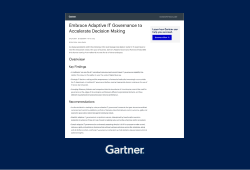How to select the best PPM software for your IT department
Are you considering purchasing a PPM software to help you manage your IT department’s project portfolio but you don’t know where to start looking? More and more organizations and IT teams are opting to include this type of solution in their suite of tools. But many of them fail to choose the best option because they have not followed the right steps during the purchase process.
In this post, we will explain which are the steps that you, as IT team manager, must follow to choose the best PPM solution on the market and not fail in the attempt. You will see that it is not an easy process, so we encourage you to read the post and, if you want to know more, we will tell you the next steps to follow to choose the project portfolio management software that your organization needs.
What is more important, choosing the best PPM software or the one that fits the needs of your IT department
The first point to make clear is that you should not be obsessed with purchasing the best PPM tool on the market. Why? Basically, because it doesn’t exist.
Or, in other words, there are solutions that have worked very well for certain types of organizations because they have helped them address certain issues across their project portfolio management. But the fact that this software was the best option for them does not necessarily mean that it will be the best choice for you, since you probably have other problems or challenges to face in your IT department that have nothing to do with theirs.
EBOOK
PPM Software Buyers’ Guide
What should you look for in a new PPM tool?
The important thing is not to acquire the best PPM software on the market, but to find the one that best fits the existing processes and tools of your organization. And also, it must respond to the management and governance challenges that you face in your day-to-day work in the organization.
As a preliminary analysis, it would be interesting for you to answer the following questions:
What? – What objectives do I want to achieve by acquiring PPM software?
Why? – Why do I need the support of a project portfolio management tool?
How? – How will this solution help me achieve the objectives defined in the first question?
When? – When is the estimated time frame in which I want to start seeing results in portfolio management?
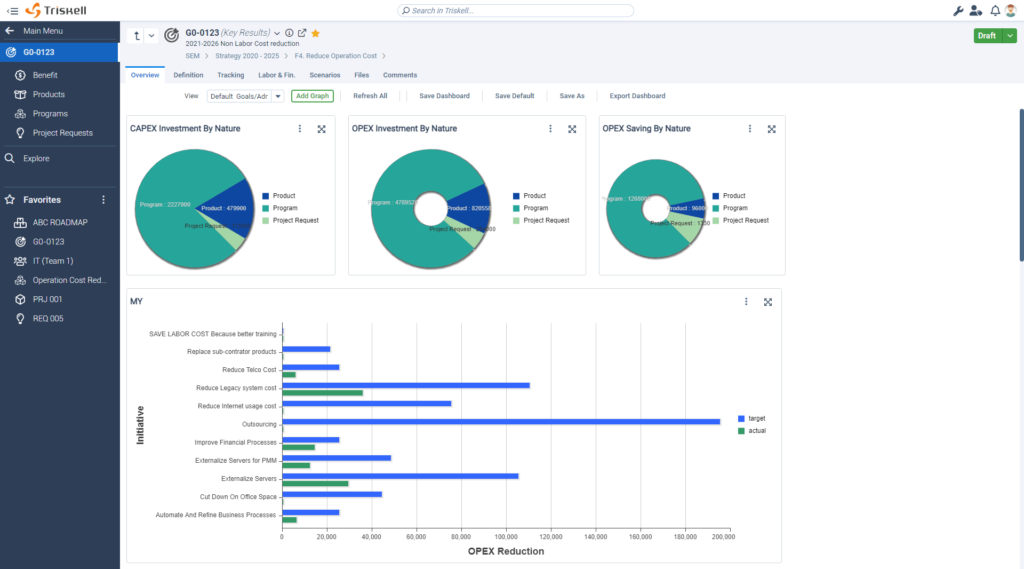
If you do not have a clear answer to any of these questions, that is, if you are not clear about the objectives to be achieved with the PPM solution and how it will help you to achieve them in an estimated period of time, there is no point in acquiring a PPM software.
If, on the other hand, this is not your case and you have clear answers to these questions, read on to find out the next steps to take to find the PPM software your organization needs.

IT PORTFOLIO MANAGEMENT
Streamline IT operations and drive excellence
Learn more about Triskell’s IT Portfolio Management solution.
Steps to follow to choose the best PPM software for IT
We have already warned you that the purchase process to acquire a PPM software is neither fast nor simple. Before you go to Google and start looking for the best tools on the market, it is necessary that, first of all, you make an internal analysis of the organization to identify, in the first place, the degree of maturity of your project portfolio management and the challenges and problems you have to face in your day-to-day work.
And, once you have done that analysis and understood how a PPM software and some of its functionalities can help you take your portfolio management to the next level, you are then ready to start the process of researching and purchasing the tool. But you will see that it is a very complex market, with many competitors offering different types of solutions in which it is often difficult to identify the differences between the software providers.
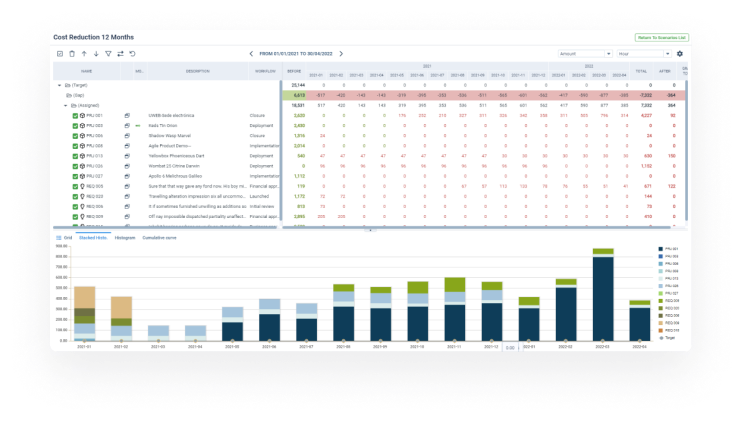
To give you an idea, there are 4 steps you should follow before buying the PPM software that best suits the needs of your organization. They are as follows:
- Assess your PPM maturity.
- Identify issues and pain points that need to be addressed.
- Ask yourself: what functionalities do I need in the project portfolio management software?
- Perform an in-depth analysis of the PPM software market.
Assess your PPM maturity
There are many aspects to consider when it comes to managing an organization’s project portfolio. Strategic planning, project prioritization, resource management, capacity planning, demand management, budgeting, risks, costs, etc. The management of all these areas is hardly manageable for a PMO. It is therefore important that you know the maturity level of the processes, tools and knowledge bases you use to manage your organization’s project portfolio.
PPM SOFTWARE CHECKLIST
A Comprehensive buyer’s checklist for PPM Software
Use this quick checklist to compare potential modern PPM solutions in order to pick the best one for your organization.
This assessment of your PPM maturity can be divided into 6 areas, and in each of them you should ask yourself a series of questions.
1. Portfolio Governance
Here you will analyze the governance of your organization’s project portfolio. Do you have a PMO that manages the project portfolio, or are the project managers in charge of this role? In case you have a PMO, do they have direct decision-making in all processes related to project portfolio management? Do you have well-documented decision-making processes for every aspect of the project portfolio management?
2. Project prioritization
You should evaluate how efficient are the processes you have in place to prioritize the projects that are underway.
- Do you have a robust system in place to prioritize projects and optimize them based on scope, budget, and timelines?
- Who is overseeing the prioritization of projects?
- And how often?
3. Strategic planning
Aligning strategy planning and execution is a differentiator for business success, so it is very important to consider it in your analysis.
- Do you take into account the strategic objectives for project portfolio management?
- Do you prioritize, stop or cancel projects based on whether the organization has new objectives in mind?
You should know the maturity level of the processes, tools and knowledge bases of your organization
4. Demand Management
- Through how many channels do you canalize demand management?
- Do the proposals you receive correctly document the objectives to be achieved with the project and how the organization will benefit from it?
- Which percentage of demand requests are cancelled after their initial analysis?
Demand management is one of the most complicated aspects of project portfolio management, and it is an excellent gauge of the ‘health’ of organizations and the teams and people within them, so you need to analyze it as well.
5. Resource Management and Capacity Planning
This is undoubtedly one of the most critical elements of project portfolio management. Efficient resource management and planning will not only lead to a higher success rate of your projects, but also to better capacity planning in the medium and long term.
- Do you have a complete list of the skills and competencies of your resources?
- Do you use this list to plan the organization’s capacity?
- Do you periodically analyze resource allocation and the workload of each resource?
6. Portfolio management
It is essential to have a centralized system where KPIs, dashboards, reports and all the information related to project portfolio management can be consulted. Hence the importance of asking yourself these questions:
- Are reports and dashboards easily accessible to any of the stakeholders in the project portfolio?
- Can all this information be integrated with the rest of the applications and systems used in the organization to obtain a complete view of the portfolio?
Align IT projects with strategy and optimize investments
Request a demo today and see how Triskell equip you with the tools to make data-driven decisions, prioritize strategically, and optimize IT investments.
Identify issues and pain points that need to be addressed
This assessment of the maturity status of your PPM will help you to identify weaknesses and issues that need to be addressed.
It may be that in your case the only problem you really face in project portfolio management is, for example, that you do not have control of the skills and capabilities of the organization’s resources, and that this fact sometimes creates imbalances when it comes to allocating resources to the different projects in the portfolio. If so, perhaps you just need a tool with specific resource management functionality, not a PPM software per se.
However, in our experience, there is rarely just one weakness in project portfolio management. The lack of strategic alignment, the absence of long-term capacity planning or inaccurate project prioritization are some of the most common management challenges faced by PMOs and IT team leaders in all types of companies.
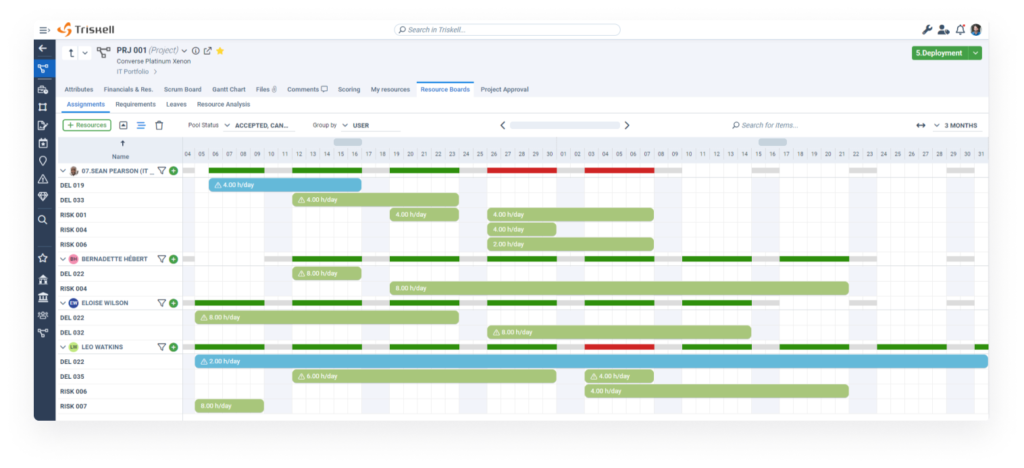
In addition to the weaknesses identified from the maturity status assessment report, you should also consider these points:
- Evaluate the processes you have in place in the project portfolios. Analyze whether all teams and individuals involved in portfolio management are adhering to them.
- List the different work methodologies used in the departments of your organization. Do you have teams that adhere to agile methodologies such as Scrum, Kanban or DevOps? Do you manage projects using a Waterfall, Agile or Hybrid approach?
- Check the communication channels with managers and executives. How are strategic objectives and their achievement communicated? Are all departments aware of these objectives?
- Identify if there are silos in your organization and find out how they negatively influence project portfolio management.
Very few PPM software allow linking portfolio deliverables to organizational objectives
Based on the conclusions you learn from each of these points, you will have a much clearer picture in your mind of the type of PPM solution you need and all the functionalities it should contain.
Ask yourself: what functionalities do I need in the project portfolio management software?
Depending on the weaknesses you have detected in your organization, you should prioritize that the PPM software contains a series of functionalities and that it is also a flexible tool that can be configured to adapt to new management models. These are just some of the most relevant functionalities that every PPM software should have:
- Capacity planning
- Timesheets
- Budget monitoring
- Resource Management
- Reporting and dashboards
- Projects modeling (Waterfall, Agile)
- KPIs follow up
- Portfolio repository management
- Multi-business deployment
- Intra & Inter project dependency
- Gantt Chart
- Kanban board
- Validation workflows
- Data import-export function
- What-if scenario analysis
- User and rights management
- API & Integrations
- Financial management
- Multi-lingual
- Scrum Boards
- Collaborative tools
- BI-Integration
- Masterplan & Roadmap
- Scorecards
- Change Tracking & History
- Notifications/alerts
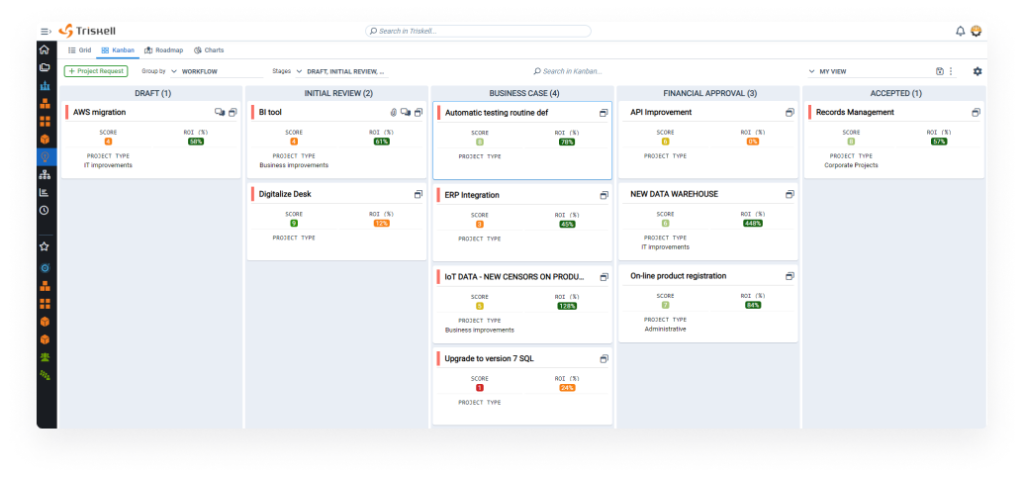
Perform an in-depth analysis of the PPM software market
Finally, it is time to open the Google Search to find, among the hundreds of PPM software available on the market, the one that best suits the needs of your organization. It is a process that must be done calmly and pondered. We give you a series of tips to help you undertake this research in the most efficient way possible:
- Consult reports from industry experts. Consulting firms such as Gartner, IDC or Forrester periodically publish articles and reports specialized in project portfolio management. Many of them analyze the best PPM software on the market. This information will be very valuable for you to make the first list of tools to be researched.
- Request as many product demos as you need. Whenever you find a PPM solution that you think might fit your needs, don’t hesitate to request a demo. This first contact will serve not only to see all the functionalities of the tool or how user-friendly the software interface is, but also to start establishing trust with each software vendor, and to see which ones you trust.
- See case studies. There is no point in testing demos or having a free trial period of the PPM solution if the solution has not proven to be successful in other organizations. Check the case studies of each solution, both those published on the vendor’s website and those you can find on the Internet. And don’t hesitate to reach out to your network, whether on LinkedIn, Reddit or any other social media, to get feedback from colleagues and industry specialists about the PPM software they are using in their respective organizations.
- Get answers to all your technical questions. No matter if it is during the first demos or when you are about to close the purchase agreement with the software provider. It is important that you do not leave any technical question that comes to your mind without an answer. Estimated implementation time, integration with other corporate applications, type of technical support provided, etc. Do not leave all these questions unanswered. It is also important that you sign service level agreements (SLAs), which must be effective during the license term.
SUBSCRIBE TO OUR NEWSLETTER
Get stories like this in your inbox
Request a demo of Triskell Software
Triskell Software is the flexible solution you need to align portfolio management and execution with your organization’s goals and strategic vision.
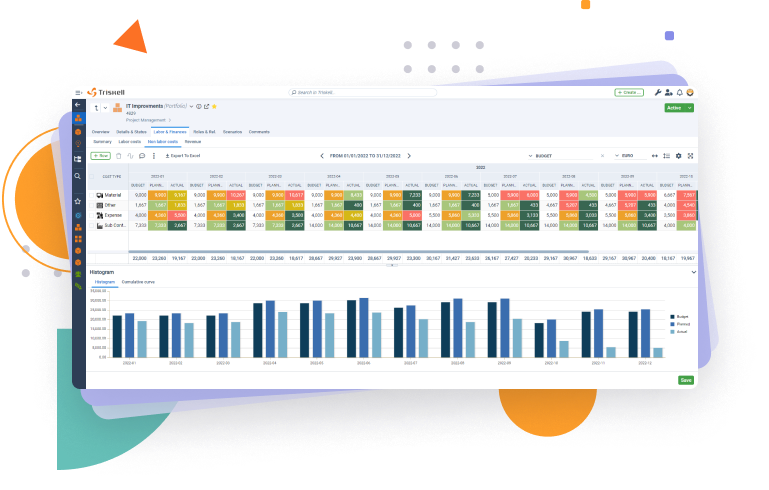
Related Content

10 types of Project Management Offices (PMO): structure, purpose and how to choose the right one
Learn about different PMO types, their governance levels, and which one is the best fit for your company’s project management needs.

How to create a project budget: methods and techniques for effective project budgeting
Learn how to create a project budget with this detailed guide. Discover essential methods and techniques for effective project budgeting in PPM.

20 strategic planning models and tools for medium and large companies
Looking for the best strategic planning frameworks? This guide covers 20 proven models to enhance decision-making and business growth.

